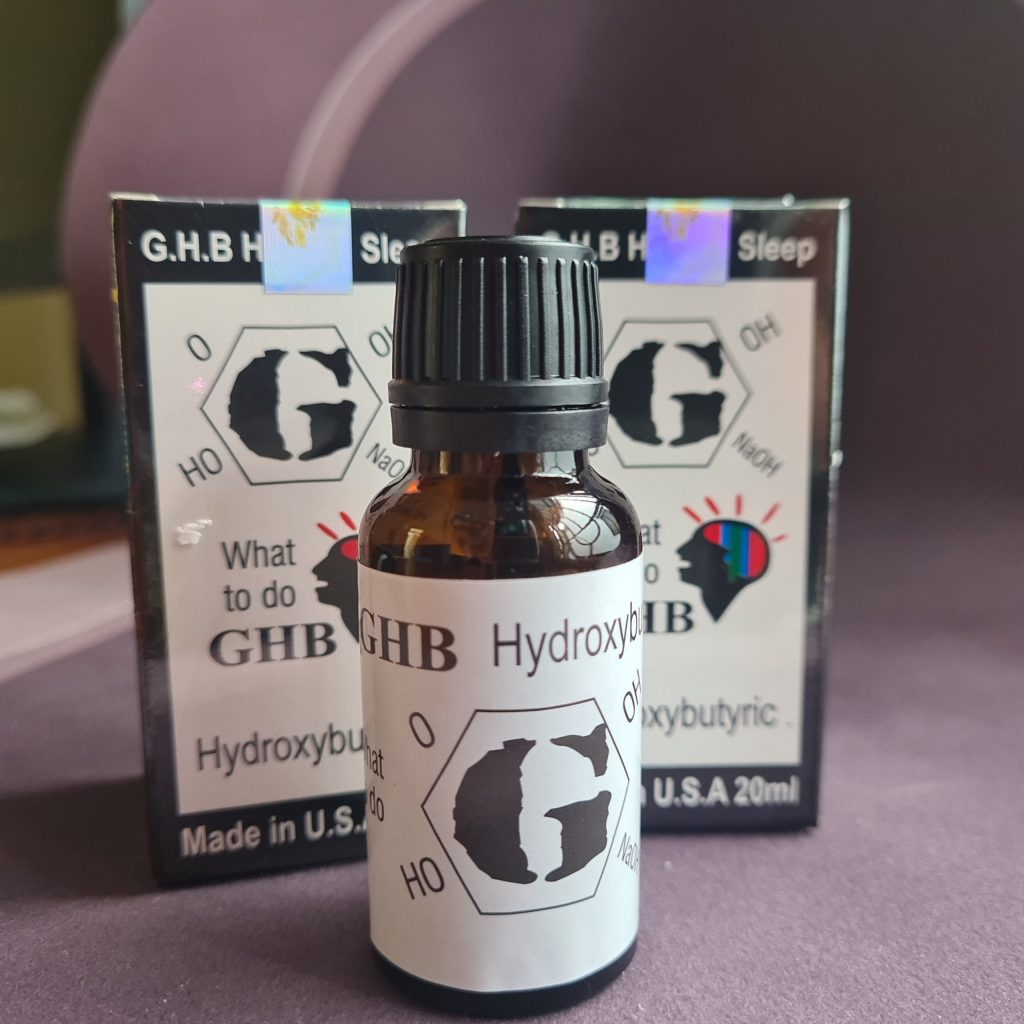GHB and Forensic Specialists Explore
페이지 정보
작성자 Bennett 작성일25-05-20 14:11 조회61회 댓글0건관련링크
본문
 GHB and Forensic Chemistry: Analyzing Samples
GHB and Forensic Chemistry: Analyzing SamplesGamma-Hydroxybutyrate (GHB) is a central nervous system depressant with euphoric properties due to its wide appeal. However, the use of GHB can lead to severe consequences, such as fatality. As a result, it has gained the attention of law enforcement agents in recent years.
The analysis of GHB samples is a difficult task that requires expert knowledge in forensic chemistry. One of the primary challenges is the wide range of matrices that GHB can be found in, including saliva samples, and organs. Each of these matrices has its own unique challenges and limitations when it comes to analysis.
Blood is the most common matrix for GHB analysis, and it can be analyzed using a variety of techniques such as specialized tests. However, blood samples can be compromised by the postmortem redistribution of GHB, which can lead to false positives.
Urine is also a common matrix for GHB analysis, and it can be analyzed using techniques such as chemical tests. However, urine samples can be contaminated with GHB from external sources, such as exposure to GHB solutions.
In addition to these matrices, saliva and viscera can also be analyzed for GHB. Saliva samples can be analyzed using techniques such as mass spectrometry-based tests, while viscera samples can be analyzed using techniques such as spectrometry methods.
The analysis of GHB samples requires a thorough understanding of the principles and techniques of forensic chemistry. Forensic chemists must be able to accurately identify GHB in a variety of matrices, while also taking into account any potential impact from other factors.
In terms of techniques, chromatography-based methods is a popular choice for GHB analysis due to its efficiency. This technique involves the use of a liquid chromatograph to separate the GHB molecule from other substances in the sample, followed by a mass spectrometer that detects and analyzes the GHB molecule.
GC-MS is another popular technique for ghb online kaufen analysis, particularly in urine samples. This technique involves the use of a liquid chromatograph to separate the GHB molecule from other substances in the sample, followed by a detector that detects and analyzes the GHB molecule.
In addition to these techniques, other methods such as enzyme-linked immunosorbent assay can also be used to analyze GHB samples.
The analysis of GHB samples is a essential component of forensic chemistry, particularly in cases involving suspected GHB-related fatalities. Forensic chemists play a important role in providing support and aiding the investigation of these cases. By accurately detecting and quantifying GHB in a variety of matrices, forensic chemists can help to determine the cause of death and ensure that accountability is served.
In conclusion, the analysis of GHB samples is a complex task that requires expertise in forensic chemistry. Forensic chemists must be able to accurately quantify GHB in a variety of matrices, while also taking into account any potential contamination. By understanding the principles and techniques of forensic chemistry, forensic chemists can play a crucial role in supporting the investigation of GHB-related cases.
